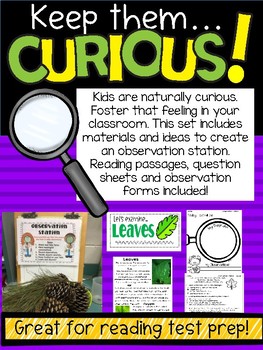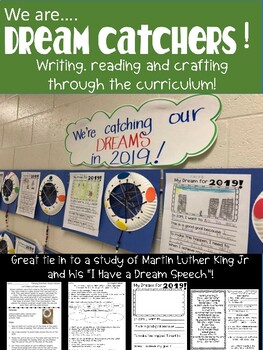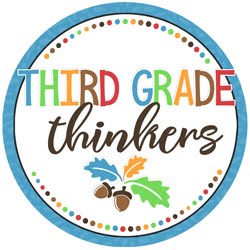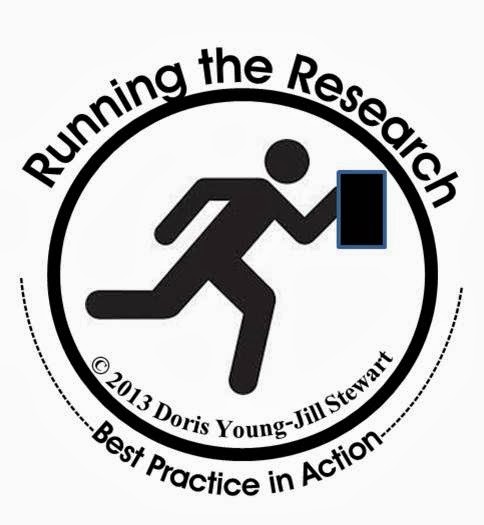I believe children are innately curious creatures. I spent some years working with preschoolers. I would take them on walks and would watch and listen to their inquisitive minds at work as they found little treasures along the way. An odd looking rock, worms wriggling about after a storm, even their own shadow would set the wheels in their brains turning. Observations and questions would come spilling out. Many I had no answers for. They had such joy and fascination with the world around them. Such little scientists!
Now I teach 8-9 year olds in a public school setting.
Our days are full, our schedule is tight, our pace is fast.
Is there time for curiosity between the reading groups, the math lessons, the many tests?
An April 2018 article published in Pediatric Research suggests that curiosity may be an important, yet under-recognized contributor to academic success.
I feel strongly that it is up to the adults in the school setting to find the time to allow students to observe and wonder, to think and ponder.
Isn't that what school is supposed to be about?
The state curriculum guides and pacing charts are going nowhere.
How can we get creative with our time and find space in our day to let kids be kids.
One way that has worked for me is to set up an Observation Station in my room.
It is a designated place that houses our science tools, books and interesting natural or manmade objects or artifacts.
Students have a scheduled time to go to the observation station twice a week during our Reading Round time.



The items I put here can vary. Many times, they are somehow tied to a science or social studies unit we are working on.

Students can examine the materials here. I give them a sheet to record a picture and any notable
observations they have made. Magnifying glasses, rulers and scales are available to help them.

I leave out clipboards, sketching pencils and coloring tools.
They amaze me with their detailed diagrams.
They are even adding those nonfiction text features I've been teaching them about:
captions and labels.

Working alongside other students allows them time to communicate their observations and questions.

Their second day at the station is centered more on reading and research.
Many times I will have a print out of information with some questions to answer.
This serves a double purpose: I get the reading comprehension practice in and they get to discover some possible answers to questions they may have thought of during their first day.
Many of the objects that I put out in our Observation Station are natural and easy to find.
Last week we examined snow.
Students "played" with it....yes, they actually got to play...and isn't that how kids learn best.
Through touching it, they got to witness it change states - from a solid to a liquid.

They got to watch the mercury in the thermometer drop as they covered it with snow.

We scooped some snow out into little dishes. By the end of the day it was liquid water.
When we came back the next day, the dishes were nearly dry.
A solid, a liquid, a gas... the water cycle at work.
The perfect lead into our next science unit.
Students read an article about snow the next day along with other nonfiction books about the topic.

Students love the observation station and often help me figure out what I should put out next.
Now I just need to figure out how to find those dinosaur bones they keep asking about!
I've put together some of the materials I have used in this station and have added it to my TPT store.

I would love for you to try these materials out yourself and I'd love your feedback.
Email or comment if you would like me to continue adding this resource to my store.






















 youngdor8@gmail.com
youngdor8@gmail.com

















